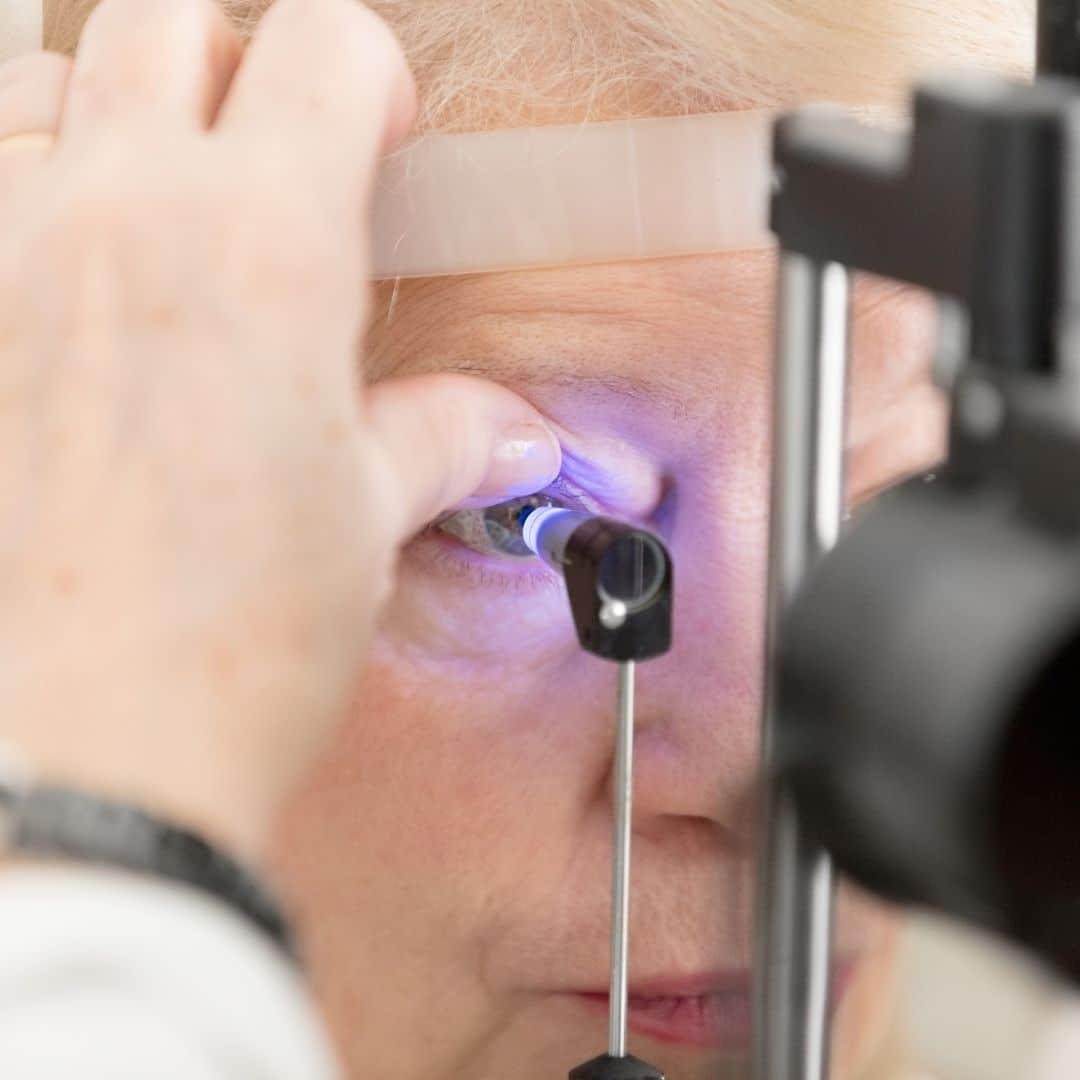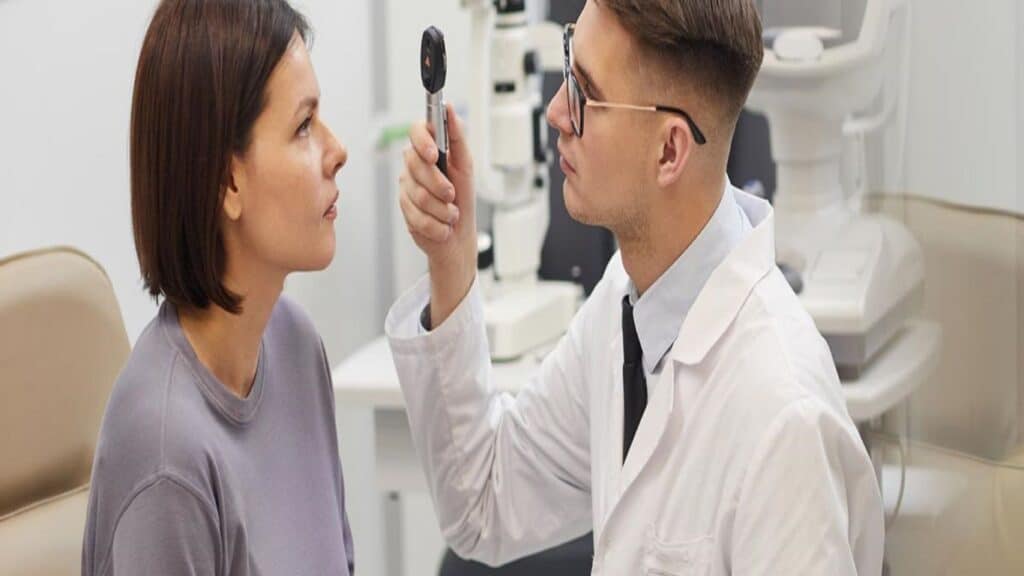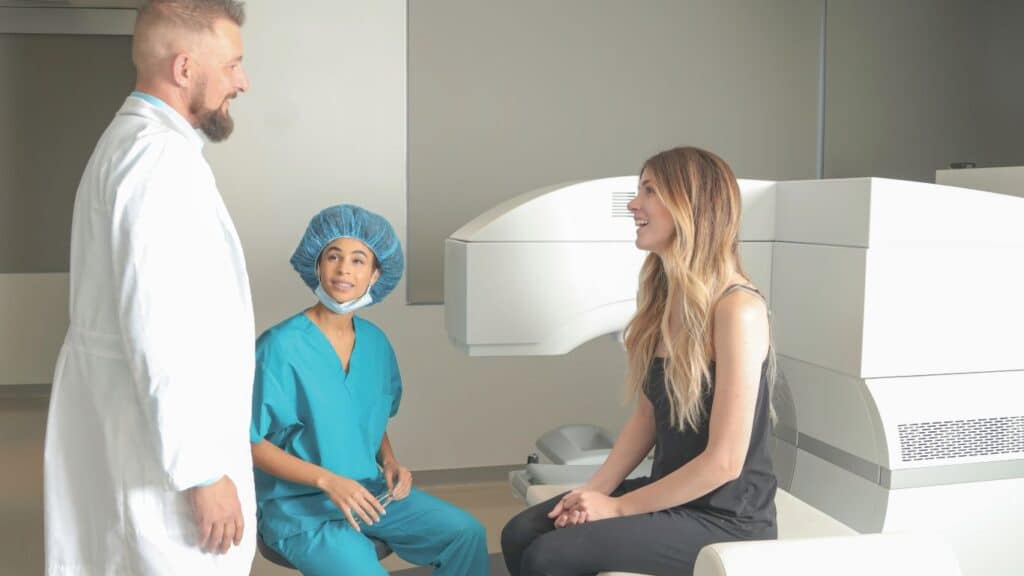Imagine living in a world that's always blurry and colors aren't as vibrant - this is what life is like for many people dealing with cataracts and glaucoma. These eye problems can slowly take away your ability to see clearly - an ability that we tend to take for granted until it's gone.
Cataracts cause your eye's lens to become cloudy, which often makes everything you see less bright and colorful. Glaucoma is a set of eye problems that harm the optic nerve, which is the part of your eye that sends visual information to your brain. These conditions may occur together and get worse over time, which is why it's so important to understand how to spot their symptoms early.
Consulting with a trusted ophthalmology practice such as Texas Vision & Laser Center can provide you with the necessary information to take care of your eyes. Our expert team of board-certified medical doctors and eye surgeons specializes in comprehensive eye care and surgeries, including cataract surgery and glaucoma surgery. With our help, together we can combat the effects of cataracts and glaucoma.
Learn More About How TVLC Can Help You Today!
Let's now explore the world of cataracts and glaucoma and learn what are the symptoms of cataracts and glaucoma. This
Cataracts are a common eye condition where the lens of the eye becomes clouded, impairing vision. While the exact cause is often difficult to pinpoint, several factors contribute, including age, long-term exposure to ultraviolet light, smoking, obesity, and hypertension. According to the World Health Organization, cataracts are the leading cause of vision loss worldwide, with 94 million people suffering from the condition.
Age-related cataracts are the most prevalent type, typically appearing after the age of 60. This is due to the natural aging process where proteins in the lens start to clump together over time, clouding a small area of the lens. This clouding can gradually spread, impeding the clarity of vision.
At the same time, traumatic cataracts develop after an injury to the eye. This can happen immediately after the trauma, or even years later. They can occur at any age, and highlight the importance of taking necessary safety precautions to protect your eyes from injury.
Congenital cataracts occur at birth or develop during a child's first year. They are less common than age-related cataracts. According to a 2020 study done by Bell et al. globally 20,000–40,000 children with congenital or childhood cataracts are born every year. Although they are often small and don't affect vision, in severe cases, they must be removed to prevent visual impairment as the child grows.
Understanding the symptoms of cataracts is not always straightforward. The changes in your vision can be so subtle and gradual that you might not notice them until the condition has advanced significantly.
So let's delve into the common indications associated with cataracts so you can carry out effective cataract treatment:
This is often the first sign of cataracts. Individuals with cataracts usually experience a decrease in visual acuity, leading to blurry, cloudy, or filmy vision. It can be likened to looking through a foggy or dusty window.
People with cataracts may become sensitive to light. Bright lights can cause discomfort or even pain, and they may find it difficult to see in brightly lit environments. This is due to the clouding of the lens scattering the light entering the eye rather than focusing it properly.
Cataracts can cause individuals to see halos—circular, bright rings—around lights, especially having poor night vision. Think of this as looking at the world through a kaleidoscope. The cloudy lens causes light to scatter, creating a circular effect around bright lights.
Another symptom of cataracts is seeing double or multiple images of the same object. This is known as diplopia and can be very disorienting and frustrating for individuals with cataracts. It occurs when the clouded lens splits incoming light rays into two.
Just as the silent invader, cataracts, can stealthily impair vision, glaucoma, often referred to as the 'stealth thief of sight,' can, too, quietly rob you of your sight. This complex disease affects more than two million Americans and has two main types, Open-Angle Glaucoma and Angle-Closure Glaucoma, each with its unique mechanism of action.
Open-angle glaucoma, the most common type, affects more than two million Americans according to a report from The American Family Physician. In this type, the drainage angle formed by the cornea and iris remains open, but the trabecular meshwork, the drain structure in the eye, becomes partially blocked over time. This results in a gradual increase in eye pressure, leading to a slow loss of vision. The process is often so slow that individuals may not notice a change until the disease has significantly advanced.
Angle-closure glaucoma or closed-angle glaucoma, on the other hand, is less common and occurs when the iris bulges forward to narrow or block the drainage angle formed by the cornea and iris. This can lead to a sudden increase in eye pressure, causing acute symptoms such as severe headache, eye pain, redness, and blurry vision.
Understanding these types of glaucoma and their symptoms is key to early detection and timely treatment, preserving your precious sight.
Just as knowing the signs of cataracts is vital, being able to recognize the symptoms of glaucoma can be the difference between maintaining quality vision and suffering irreversible damage. Let's delve into some telltale symptoms of glaucoma and how they might manifest in our everyday lives:
In the early stages of open-angle glaucoma, individuals may experience a slow, unnoticed loss of peripheral (side) vision. Imagine your field of view gradually narrowing, as if looking through a tunnel. This is often referred to as 'tunnel vision' and commonly indicates an increase in eye pressure damaging the optic nerve.
Frequently associated with angle-closure glaucoma, you can experience intense eye pain and headaches due to the drainage pathway in the eye suddenly becoming blocked. This causes a rapid rise in intraocular pressure, leading to severe eye pain and headaches. Often, this can feel like an intense pressure or throbbing behind one eye, accompanied by a persistent headache.
An abrupt loss of clear vision can occur in both types of glaucoma but is particularly common in acute angle-closure glaucoma. One might notice a sudden decrease in the sharpness of vision, much like viewing the world through a smudged lens.
Surprisingly, glaucoma can also cause nausea and vomiting. This is due to the connection between the trigeminal nerve, responsible for sensation in the face, and the vagus nerve, which controls vomiting. When intraocular pressure rises quickly, as in angle-closure glaucoma, it can stimulate the trigeminal nerve, which in turn can trigger the 'vomiting center' in the brain. This can lead to feelings of nausea and, in severe instances, vomiting.
Recognizing these symptoms can aid in early detection, enhancing chances for effective glaucoma treatments, and staving off potential vision loss in glaucoma patients.

While it's true that anyone can develop cataracts or glaucoma, certain individuals may be at an increased risk due to factors such as age, family history, certain medical conditions, and genetic predisposition. Let's delve a bit deeper into these risk factors.
Age is a significant risk factor for both cataracts and glaucoma. This is due to the loss of important cells in the eyes as we age, leading to reduced visual acuity and increased risk of developing these conditions. The National Eye Institute states that by age 80, more than half of all Americans either have a cataract or have undergone cataract surgery. Similarly, the risk of glaucoma increases considerably with age, especially for those over 60.
Your genes can influence your susceptibility to eye conditions. According to a study individuals with a family history of glaucoma have a nine-fold increased risk of developing the condition. A family history of cataracts also increases your risk.
Medical Conditions - Certain health problems, such as diabetes and hypertension, can elevate your risk of developing glaucoma and cataracts. Diabetes, in particular, can cause damage to the small blood vessels supplying oxygen and nutrients to your eyes, resulting in vision loss over time.
Despite the imposing presence of these conditions and the potential risks they carry, there's an arsenal of detection methods that can aid in early identification and subsequent cataract and glaucoma treatment.
At Texas Vision & Laser Center, we offer advanced diagnostic techniques as well as free eye exams to help detect glaucoma and cataracts in their early stages. By speaking with one of our experienced ophthalmologists, you can gain valuable insights into your risk factors and receive personalized recommendations to help preserve your sight.
Learn More About How TVLC Can Help You Today!
Now, let's take a closer look at several of these detection methods.
Regular eye exams are the first line of defense. These exams, preferably performed annually, allow your eye doctor to track changes in your vision and eye health over time. They range from a basic visual acuity test, where you read an eye chart from a distance, to more comprehensive examinations that look at all aspects of your eye health.
Tonometry is a diagnostic test that measures the pressure inside your eye, which is a key indicator of glaucoma. During this simple and painless procedure, a small amount of pressure is applied to the eye by a tiny device or a warm puff of air. The eye's resistance to the pressure is measured, which helps determine the pressure inside your eye.
Ophthalmoscopy is another essential tool in the early detection of eye diseases. It is a detailed examination of the retina and the optic disc where the optic nerve connects to the eye. During an ophthalmoscope, the pupil is dilated with eye drops, and the doctor uses a special magnifying lens to inspect these areas for signs of damage or disease. This allows the doctor to evaluate the optic nerve's color, shape, and health, which is critical in detecting glaucoma.
Living with symptoms of cataracts and glaucoma — such as severe eye pain, chronic headaches, blurred vision, and nausea — isn't just physically challenging. It can also lead to emotional distress, anxiety, and a significant decrease in the quality of life. The fear of losing one's vision can be overwhelming and isolating.
But, you must remember that early detection and intervention can significantly enhance the prognosis of these eye conditions. Regular eye exams, tonometry, and ophthalmoscopy are all valuable tools for early identification of these diseases.
At Texas Vision & Laser Center, our compassionate and knowledgeable professionals are here to guide you through this journey, offering advanced diagnostic techniques and tailored recommendations. Don't wait for symptoms to escalate, contact us today!
Your vision is our priority.
Learn More About How TVLC Can Help You Today!



